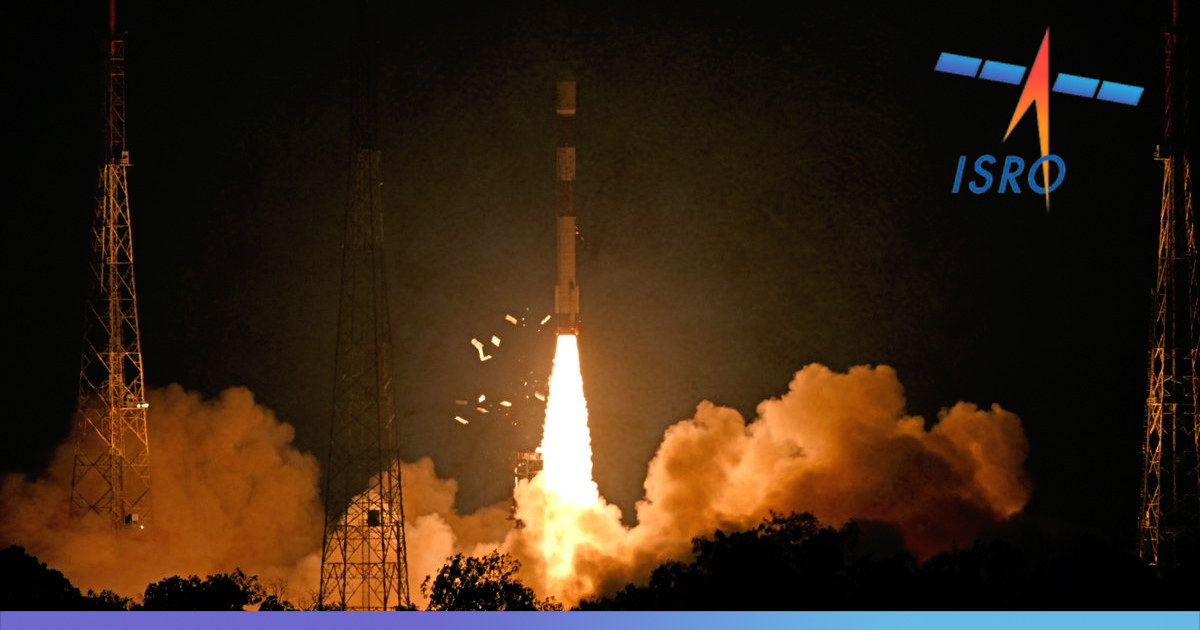In the early morning hours on 22 May, India launched a new “spy satellite” which is capable of keeping a lookout from space in adverse weather conditions.
The 615 kg RISAT-2B satellite was launched by the Indian Space Research Organisation (ISRO) using its Polar Satellite Launch Vehicle. The satellite is capable of clear viewing during the day, night, in adverse weather conditions, even when it is clouded.
Sending 354 satellites into orbit, the home-grown space agency has lifted into space 50 tonnes of material.
Dr K Sivan, ISRO Chief, called the launch of the satellite a “fantastic mission”. He further informed that RISAT-2B has “special imaging capabilities to take strips of images and mosaics of images”.
For the first time at the launch, the made-in-India Vikram Processor was seen, realised by the semiconductor complex at Chandigarh.
The RISAT-2B satellite
Placed at a low earth 557-kilometre orbit, the satellite can detect hostile installations, and also monitor agriculture, forestry and possible disaster zones.
With the launch of this satellite, the space agency hopes that the armed forces will be able to keep track of activities across its eastern and western borders. The high-resolution optical imaging CartoSAT satellites, which India already has get blinded by dense cloud cover.
Well done @isro. You make us proud, again and again. They shall be our eyes in the sky above – all weather. https://t.co/WGHe7xFchB
— Nirmala Sitharaman (@nsitharaman) May 22, 2019
The RISAT-2B satellite created at the Space Applications Centre in Ahmedabad has a special X-band radar which can provide much better images.
An indigenous technology of this kind has been launched into space for the first time by India.
RISAT-2B has a life of five years and was realised in 15 months. In the coming months, two clones – RISAT-BR1 and RISAT-2BR2, might be launched. NDTV reported that reliable sources in the ISRO confirmed that some of these launches have been advanced by 18 months.
#PSLVC46 🚀 lifts-off carrying RISAT-2B, a Radar imaging earth observation satellite from SHAR,Sriharikota.#ISRO pic.twitter.com/UaESnzbny9
— All India Radio News (@airnewsalerts) May 22, 2019
ISRO is expected to launch the Chandrayaan-2 mission between July 9-16, which would be India’s first mission to attempt to soft-land a robot on the lunar surface. With this mission, India “would be going where no one has ever gone before which is to the south pole of the moon on the near side,” Dr Sivan said.
Also Read: Mission Shakti: India’s A-SAT Testing Created 400 Debris & Endangered ISS, Says NASA












